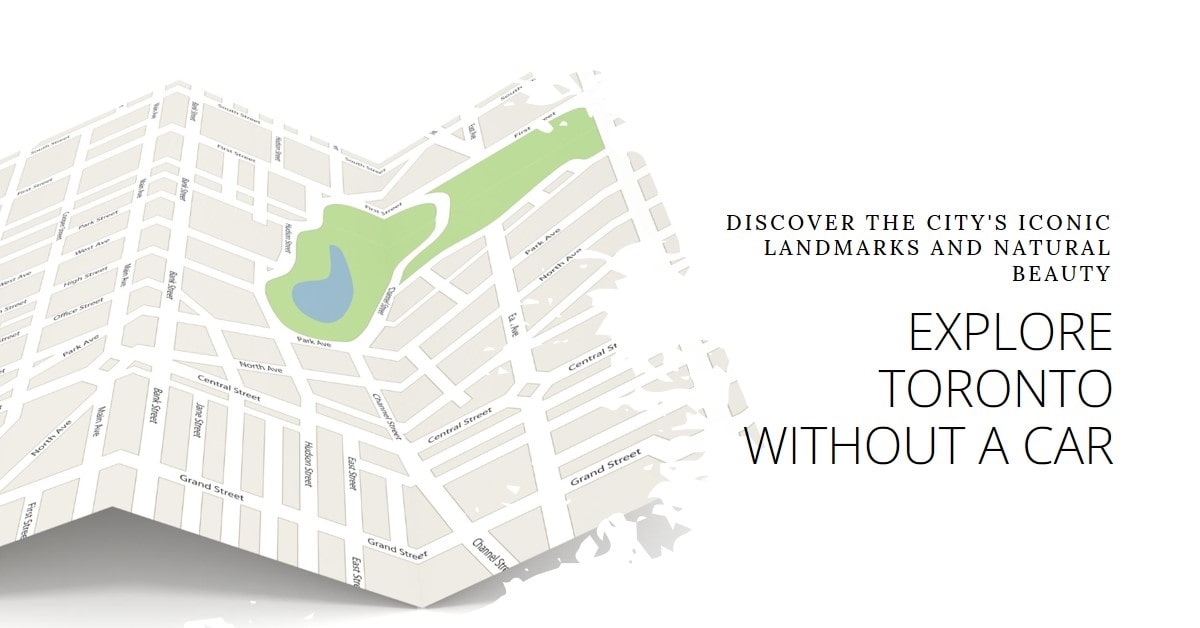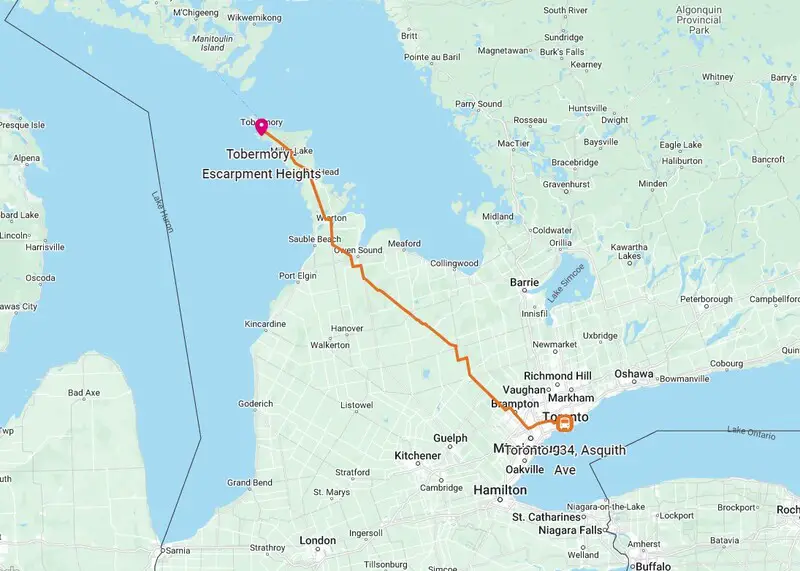Halloween is widely celebrated in Canada and has gained significant popularity over the years. While it is not an official statutory holiday, many Canadians recognize and observe it.
Halloween falls on October 31st each year and is marked by festive activities such as costume parties, trick-or-treating haunted house visits, and pumpkin carving. Many schools and workplaces also embrace the spirit of Halloween by encouraging staff and students to dress up in costumes or decorate their premises with spooky themes.
Although it may not be a day off work or school for everyone, the holiday status of Halloween in Canada can be seen through the enthusiasm and participation of individuals across the country.
Is Halloween a National Holiday in Canada?
Exploring the Traditions and Celebrations.
Halloween has become widely celebrated in Canada, captivating people of all ages. There are several reasons why Halloween holds such significance and popularity in the country.
One key factor is the cultural diversity in Canada. The country is home to individuals from various backgrounds and ethnicities, each with unique traditions and customs. Halloween allows people to unite and celebrate a shared experience, transcending cultural boundaries.
Additionally, the festive atmosphere created by Halloween appeals to Canadians’ love for community engagement and social gatherings. It allows them to connect with their neighbours, friends, and family through activities like trick-or-treating, costume parties, haunted house visits, or community events.
Furthermore, the vibrant fall season plays a role in enhancing the popularity of Halloween in Canada. With colourful leaves, crisp weather, and pumpkin patches abundant across the country during this time of year, Canadians embrace the autumnal spirit wholeheartedly.
Moreover, Canadian cities and towns go all out when decorating streets with spooky themes and hosting various Halloween-themed festivals and parades. These events contribute significantly to building excitement among Canadians of all ages.
Lastly, Canadian media plays a significant role in promoting Halloween festivities. Television shows, movies, and advertisements featuring Halloween themes increase anticipation among children and adults.
The popularity of Halloween in Canada can be attributed to its ability to bring people together regardless of their cultural background while offering a fun-filled experience that embraces community spirit during the enchanting fall season.
The Intersection of Halloween with Other Canadian Holidays

In Canada, both Halloween and Thanksgiving hold significant cultural importance. Traditionally celebrated on October 31st, Halloween is a festive occasion where people dress up in costumes, go trick-or-treating, and indulge in spooky-themed activities.
It has roots in ancient Celtic traditions and has become a popular holiday celebrated globally. Thanksgiving in Canada differs from its American counterpart, falling on the second Monday of October.
This holiday primarily serves as a harvest festival to give thanks for the bountiful crops of the season. Canadians gather with family and friends to enjoy a delicious feast that typically includes roasted turkey, cranberry sauce, pumpkin pie, and other seasonal delights. While Halloween and Thanksgiving may seem distinct at first glance, they share certain connections with other holidays worldwide.
For instance:
1. Samhain: The ancient Celtic festival of Samhain is believed to be the precursor to modern-day Halloween. It marked the end of the harvest season and was characterized by bonfires, costumes, and offerings to ward off evil spirits.
2. Day of the Dead: In Mexico and other Latin American countries, Dia de los Muertos (Day of the Dead) is celebrated from October 31st to November 2nd. This holiday honours deceased loved ones through vibrant processions, altars adorned with marigolds and sugar skulls, and sharing food with family members.
3. All Saints’ Day/All Souls’ Day: On November 1st, throughout various Christian denominations worldwide, All Saints’ Day pays tribute to all known saints, while All Souls’ Day commemorates departed souls. These solemn occasions involve visiting cemeteries for prayers or lighting candles in remembrance.
4. Harvest Festivals: Similar to Canadian Thanksgiving celebrations centred around gratitude for agricultural abundance, harvest festivals are observed across cultures globally — such as Pongal in South India or Chuseok in Korea.
These festivals express gratitude for a successful harvest and often involve feasting, traditional dances, and ceremonies.
While Halloween and Thanksgiving hold unique significance in Canada, they are connected to other cultural celebrations worldwide. This highlights the rich tapestry of traditions that bind communities together through shared values of gratitude, remembrance, and celebration.
Differences in How Provinces and Territories Celebrate Halloween
Canada, with its vast geographical expanse, is a country that boasts a rich tapestry of cultural diversity and traditions. This diversity is prominently highlighted in the variations of regional celebrations across its numerous provinces and territories.
For instance, French heritage is celebrated in the province of Quebec during Carnaval de Québec, a vibrant winter festival filled with parades, ice sculptures, and traditional music.
Moving west to Ontario, the capital city of Toronto hosts the lively Caribana festival every summer, showcasing Caribbean culture through vibrant costumes, music, and dance.
In Atlantic Canada’s maritime provinces, such as Nova Scotia, Newfoundland and Labrador, unique celebrations reflect their coastal way of life.
The Bluenose Marathon in Nova Scotia celebrates athleticism while paying homage to the iconic fishing schooner Bluenose.
In Newfoundland and Labrador, the tradition of ‘Mummering’ takes place during Christmastime when people dress up in disguises and visit neighbours’ homes for food and drink.
Heading west to Manitoba and Saskatchewan brings us to Indigenous celebrations like the Manito Ahbee Festival in Winnipeg, showcasing Indigenous music, art, dance competitions, and powwows.
Meanwhile, in Saskatchewan’s Qu’Appelle Valley region lies the traditional First Nations Powwow at Fort Qu’Appelle, where drumming circles, dancing competitions, and storytelling take center stage.
Moving north to Canada’s territories reveals even more unique regional celebrations.
In Yukon Territory’s capital city, Whitehorse lies an annual event called “Yukon Sourdough Rendezvous,” which harkens back to the Klondike Gold Rush era with dog sled races, axe throwing contests, and delicious sourdough pancakes.
In Nunavut territory’s capital, Iqaluit, Toonik Tyme, is celebrated during springtime, featuring traditional games like seal skinning contests and drum dancing performances.
These examples merely scratch the surface when highlighting the countless regional celebrations throughout Canada.
Each province and territory boasts its own distinctive cultural identity, and these celebrations provide an avenue for locals and visitors alike to immerse themselves in the rich tapestry of Canadian diversity.
- Yonge-Dundas Square in Toronto is Now Called “Sankofa Square” - December 17, 2023
- Best Western Brooks’ SureStay Plus debuts in Alberta - December 16, 2023
- Air Canada Arrives in Tulum, Mexico as the First Canadian Airline - December 16, 2023




